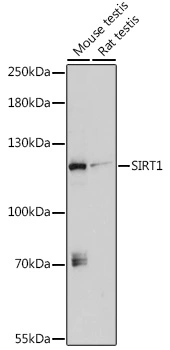
WB analysis of various sample lysates using GTX32875 SIRT1 antibody. Dilution : 1:1000 Loading : 25microg per lane
SIRT1 antibody
GTX32875
ApplicationsImmunoFluorescence, ImmunoPrecipitation, Western Blot, ImmunoCytoChemistry
Product group Antibodies
TargetSIRT1
Overview
- SupplierGeneTex
- Product NameSIRT1 antibody
- Delivery Days Customer9
- Application Supplier NoteWB: 1:500 - 1:2000. ICC/IF: 1:50 - 1:200. *Optimal dilutions/concentrations should be determined by the researcher.Not tested in other applications.
- ApplicationsImmunoFluorescence, ImmunoPrecipitation, Western Blot, ImmunoCytoChemistry
- CertificationResearch Use Only
- ClonalityPolyclonal
- ConjugateUnconjugated
- Gene ID23411
- Target nameSIRT1
- Target descriptionsirtuin 1
- Target synonymsSIR2, SIR2L1, SIR2alpha, NAD-dependent protein deacetylase sirtuin-1, NAD-dependent protein deacylase sirtuin-1, SIR2-like protein 1, regulatory protein SIR2 homolog 1, sirtuin type 1
- HostRabbit
- IsotypeIgG
- Protein IDQ96EB6
- Protein NameNAD-dependent protein deacetylase sirtuin-1
- Scientific DescriptionThis gene encodes a member of the sirtuin family of proteins, homologs to the yeast Sir2 protein. Members of the sirtuin family are characterized by a sirtuin core domain and grouped into four classes. The functions of human sirtuins have not yet been determined; however, yeast sirtuin proteins are known to regulate epigenetic gene silencing and suppress recombination of rDNA. Studies suggest that the human sirtuins may function as intracellular regulatory proteins with mono-ADP-ribosyltransferase activity. The protein encoded by this gene is included in class I of the sirtuin family. Alternative splicing results in multiple transcript variants. [provided by RefSeq, Dec 2008]
- Storage Instruction-20°C or -80°C,2°C to 8°C
- UNSPSC12352203
References
- Sequential actions of SIRT1-RELB-SIRT3 coordinate nuclear-mitochondrial communication during immunometabolic adaptation to acute inflammation and sepsis. Liu TF et al., 2015 Jan 2, J Biol ChemRead more

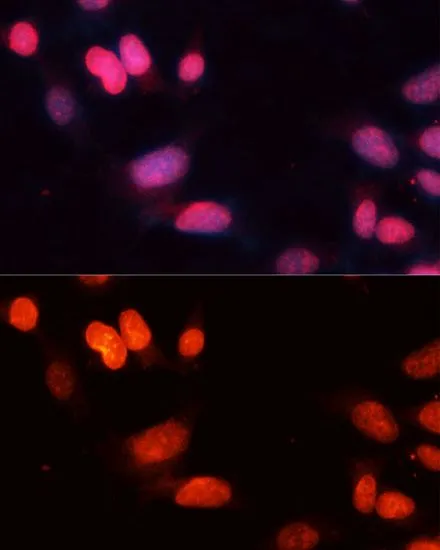

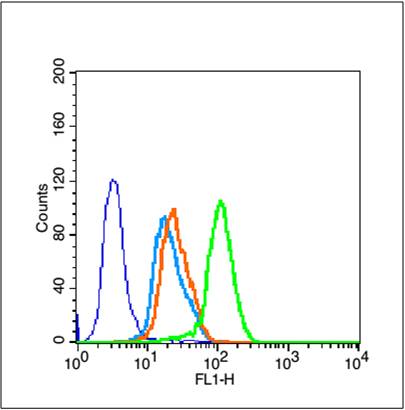

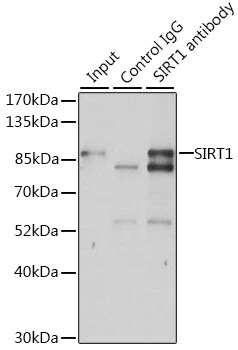
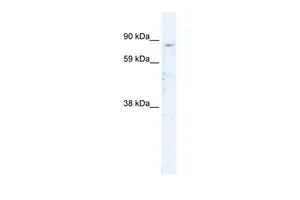
![Various whole cell extracts (30 microg) were separated by 7.5% SDS-PAGE, and the membrane was blotted with SIRT1 antibody [SZ04-01] (GTX01139) diluted at 1:500. The HRP-conjugated anti-rabbit IgG antibody (GTX213110-01) was used to detect the primary antibody.](https://www.genetex.com/upload/website/prouct_img/normal/GTX01139/GTX01139_HM0617_20200228_WB_w_23053121_111.webp)

![FACS analysis of K562 cells using GTX82793 SIRT1 antibody [1F3]. Green : SIRT1 Purple : negative control](https://www.genetex.com/upload/website/prouct_img/normal/GTX82793/GTX82793_20170912_FACS_w_23061322_582.webp)
